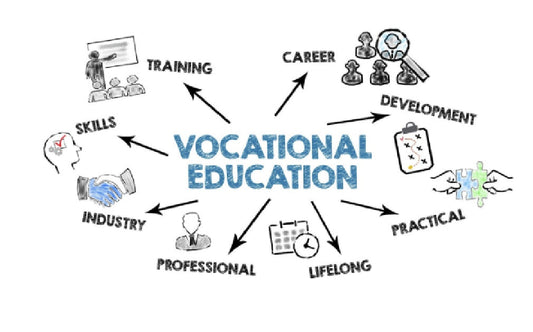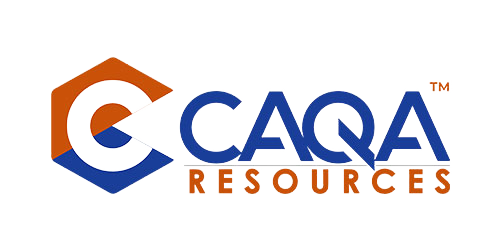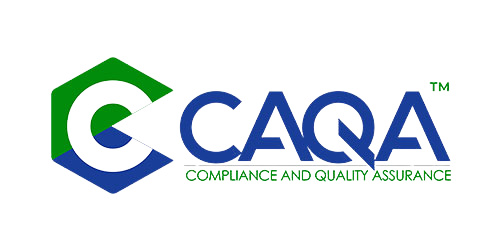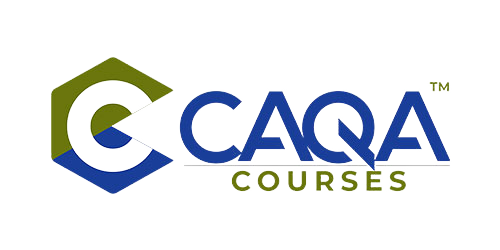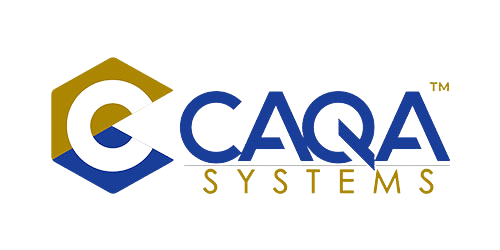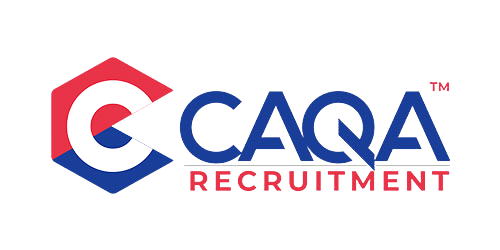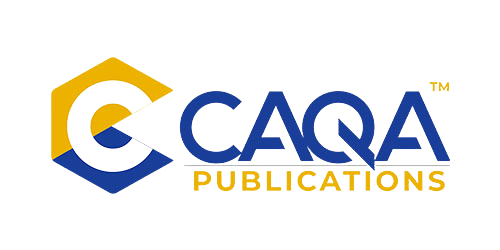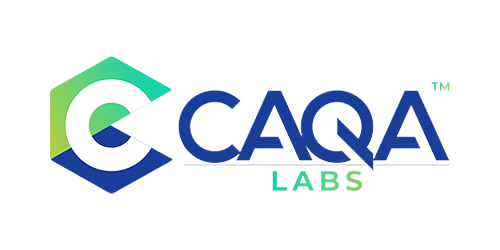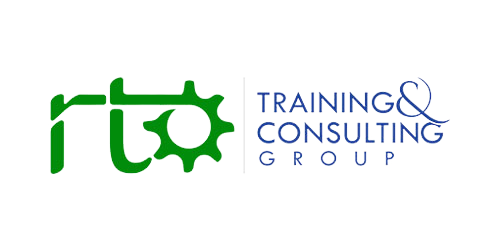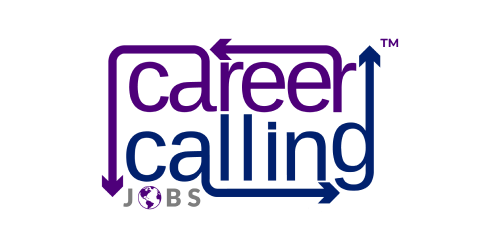Across Australia, the vocational education and training sector is living with a contradiction that everyone can see but few are willing to name without flinching. We tell students, employers and communities that VET equips people with skills that are real, portable and job‑ready. Yet in some of the most visible, compliance‑driven areas of delivery, the market has pushed providers into a spiral of shorter, cheaper and thinner training that empties those words of their meaning. Nothing makes this contradiction starker than first aid. Scroll any search engine and you will find courses marketed at prices that would barely cover the cost of a trainer’s travel, let alone the time and resources needed to build competence that might one day decide whether a colleague goes home alive. This is not an abstract worry. Sub‑one‑hundred‑dollar offerings are easy to find, and in some cases, cardiopulmonary resuscitation is advertised for less than the price of lunch. Those price tags are a flashing warning light that the business model has overtaken the learning model.
The gravitational pull behind those headlines is a market structure that rewards speed and discounting, not evidence of capability. For years, quality‑focused Registered Training Organisations have been stuck in an unfair contest. They understand what it takes to train to a standard, to collect the right evidence, to run realistic simulations, to give feedback that changes performance, and to record assessor judgements that stand up to scrutiny. They also know that you cannot compress reflection, practice and skill correction into a two‑hour window without cutting corners. But the more they hold the line, the more they risk losing the sale to the provider who promises a certificate by afternoon tea. The result is a classic race to the bottom, with honest operators squeezed between their ethics and their balance sheets, and learners encouraged to treat the credential as a ticket rather than a signal of capability. In first aid, that incentive problem touches public safety. A workplace certificate that was earned rather than learned is not a harmless piece of paper. It is a risk multiplier.
Australia’s national regulator has called out the core of the problem with unusual clarity. Each year, ASQA publishes its regulatory risk priorities, and the 2025–26 list puts “shortened course duration” squarely in the frame, alongside recognition of prior learning integrity, student work placements, academic integrity, non‑genuine providers and risks in the international education market. The message is unambiguous. When providers reduce the volume of learning or compress delivery timeframes to chase cost efficiency, quality and outcomes suffer. Those distortions undermine public confidence and disadvantage providers who do the right thing. For first aid and similarly high‑stakes training, the harm is not reputational alone. It can walk onto a job site or through the doors of a childcare centre.
If this sounds harsh, consider what the research says about how our system has trained people to “do compliance” rather than to do assessment well. NCVER’s work on independent validation of assessment describes a culture in which many RTOs treat validation as a paperwork obligation rather than a learning improvement tool, and where practices are diverse, burdensome and often disconnected from workplace realities. The report’s language is careful, but its implications are plain. When quality assurance is reduced to templates and rituals, it can generate over‑assessment without better assessment, and it can make the real work of judging competence harder, not easier. That dynamic reinforces the very behaviours we are trying to fix in short, compliance‑driven delivery.
The costs of this market distortion are now visible in the most public way possible. Through late 2024 and early 2025, ASQA used its powers to cancel qualifications and statements of attainment issued by several providers after investigations found they had been issued without appropriate training or assessment. All up, more than twenty‑one thousand credentials were cancelled, across fields including individual support, early childhood education and care, community services and first aid. For one provider alone, notices went to 7,360 former students. The scale is unprecedented by Australian standards, and it has shaken confidence precisely where competence matters most. This is painful for students who thought they did the right thing and for employers who took those credentials at face value, yet it is also a necessary step if the sector wants the public to trust that VET qualifications mean what they say.
The human consequences of cancellations are not hypothetical. When a provider closes or a qualification is cancelled, there is often no simple path to make students financially whole. ASQA is transparent about the limits of its remit. It regulates quality and integrity, but cannot recover students’ fees. That sends people to state and territory consumer protection bodies and, in practice, it leaves many without full redress. It is difficult, then, to keep a straight face and talk about student‑centred policy if we overlook the fact that the blows land hardest on those who could least afford to lose their time and money.
First aid puts that inequity and risk into stark relief. The relevant training package units carry explicit performance and assessment requirements. They expect demonstration on adult and infant manikins, they require learners to apply skills in realistic scenarios, and the content is aligned with Australian Resuscitation Council guidance. While the units do not prescribe a fixed number of hours, the intent is crystal clear. Competence is not a quiz score. It is a demonstrated capacity to do the right thing under pressure, to recognise what matters, to act in sequence and to sustain effort long enough to make a difference. Any provider who treats those units as a quick tick is not just misunderstanding the package. They are gambling with other people’s safety.
It is also important to acknowledge what has changed in the regulatory environment, because the story is not simply one of decline. On 1 July 2025, the revised Standards for Registered Training Organisations took effect. The new Standards are framed as outcome‑based and are supported by ASQA Practice Guides that describe regulatory expectations without being prescriptive about formats or templates. That shift matters. It moves the conversation from how thick your strategy document is to whether your training and assessment are fit for purpose, evidence‑based and effective for your cohort. It also gives providers legitimate flexibility to adjust the structure and pacing of training to the student, while insisting on the integrity of the judgment. In other words, the rules now line up more clearly with professional practice. That should make it easier, not harder, to push back on the worst market incentives.
The Practice Guide on Assessment, in particular, recognises the heart of the problem with compressed delivery. It asks providers to show how the integrity of assessment judgement is maintained when there are variations to training duration, and to evidence that the assessment system is consistent with the training product, balanced between theory and practice, and based on the principles of assessment and the rules of evidence. Taken seriously, that is a direct answer to the idea that you can shave hours off delivery, push learners toward assessment‑only pathways, and still claim a credible result. The assessment must stand on the strength of the evidence, not on the speed of the timetable.
None of this is an argument for time for time’s sake. The sector knows better than to equate competence with hours. The AQF’s volume of learning remains a baseline in qualifications, and ASQA’s guidance on the amount of training reinforces that there is no single formula. Professional judgement is required, informed by the learner cohort, the complexity of the training product and the mode of delivery. A compressed program for a highly experienced student who is brushing up on prior knowledge can be reasonable. A short, one‑size‑fits‑all program for a novice, in a high‑risk context, is not. Using the language of outcomes is not an invitation to ignore inputs. It is a demand to justify them.
That demand runs straight into the economic logic of the “cheap certificate”. When a course is sold at a price that does not plausibly cover trainer time, realistic class sizes, access to equipment, scenarios, feedback and quality assurance, the provider must make up the gap somewhere. Often, the compromise lands on the amount of training, on the realism of assessment, or on the robustness of assessor judgement. ASQA’s risk theme on shortened durations calls this out in plain language. Marketing courses with unrealistically short durations, shifting focus from training to assessment, and allowing students to bypass learning activities corrode standards. It also hurts the honest competitor who loses a contract because they refuse to pretend that competence can be bulk‑billed.
What, then, should change so that first aid and similar compliance‑oriented training is a bulwark of quality rather than a soft target for corner-cutting? Start by naming the category clearly. Australia now has a National Microcredentials Framework, which offers a nationally consistent way to describe shorter credentials across VET, higher education and industry. That framework does not regulate microcredentials in the way the VET Quality Framework regulates nationally recognised training, and that is the point. If a learning product is intentionally short, intended for regulatory refreshers or narrow tasks, and not designed to stand as an AQF‑aligned qualification outcome, call it what it is. Treat it as a microcredential with transparent learning outcomes, assessment, and recognition rules. Let employers and regulators value it appropriately for what it does rather than allowing it to mimic the gravitas of a VET qualification.
At the same time, use the strengths of the VET system where they are most relevant. Skill sets exist for a reason. They assemble one or more units of competency to meet licensing or regulatory requirements, or a defined industry need. They are nationally recognised, quality assured and stackable. Much of the safety‑critical training that currently sits in the grey zone between “very short” and “too thin” already maps to units and skill sets. Rather than pretending that a two‑hour workshop can carry the same trust as a unit of competency, build delivery around the unit, structure the training to the cohort, and make the assessment real. Where the industry truly needs a bite‑sized learning artefact, be honest and keep it in the microcredential family. Clarity of credential types protects both learners and brands.
None of this works without accountability, and here the recent enforcement step‑up matters. The 2018 Braithwaite Review, All eyes on quality, recommended a shift to student‑centred regulation and stronger powers for ASQA. The government has since moved to bolster those powers, and the regulator has signalled a willingness to use them where providers issue credentials without proper training or assessment. The integrity legislation narrative is not about punishment for punishment’s sake. It is about resetting incentives so that credible providers can compete on quality without being undercut by models that treat assessment as a formality. The qualification cancellations of late 2024 and early 2025 are a painful demonstration that the days of low‑risk non‑compliance are over.
There is also a serious case for structural reform in how we check what graduates can actually do. Australia does not need to import models wholesale, but we do need to consider more independent assessment in high‑stakes areas. NCVER’s analysis points to the value of independent validation and, in some contexts, external assessment or capstones. The goal is not to second‑guess assessors who know their craft. It is to build an extra layer of assurance where the consequence of error is high, where the task performance is observable and where the community expects uniform standards. First aid fits that description. Piloting independent assessment for selected units, supported by clear assessment plans and moderation protocols, would make it harder for any provider to drift toward a tick‑a‑box culture.
Procurement has to lift too. Many employers and agencies do not intend to commission thin training, but price‑driven procurement often leaves them doing exactly that. A smarter approach would ask a different question at the tender stage. Rather than “how fast and how cheap”, the test should be “how will you make competence visible, durable and transferable for my workforce”. That question forces providers to describe their practice environment, their trainer capability, their feedback loops, their escalation points when a learner struggles, and the way they ensure assessor judgments. It also invites buyers to value the things that actually change behaviour. Where first aid is concerned, that means scenario realism, repetition of critical actions, and feedback that corrects errors in sequence and technique. The cheapest bid cannot deliver those at scale without hollowing out the promise.
Regulation already provides the levers to reinforce that mindset. ASQA’s guidance on the amount of training puts the onus on professional judgement, but it also asks for a rationale that links delivery to cohort, product and mode. Combined with the 2025 Standards’ outcome focus, providers have both the flexibility and the responsibility to design training that fits the learner while meeting the unit’s requirements. Risk‑based audits, targeted to shortened courses and environments where training is stripped back, sharpen that accountability. A provider who has pushed too far toward assessment‑only delivery, or who has marketed implausibly short durations, should expect questions about how their assessment evidence demonstrates competence, not just completion. That is a healthy tension, not an administrative burden.
It is important too to be honest about transition and change. Training products evolve, including the first aid units, and providers must update delivery and assessment accordingly. Regulators have repeatedly reminded the sector to transition to current units and to align practice with contemporary guidance. That is not compliance theatre. It is the minimum standard of care we owe to students and to the people they will one day help. Each time the sector stumbles on that step, cynicism deepens. Each time we get it right, trust grows.
The final piece of the integrity puzzle is transparency. Students and employers need better information before they enrol, not just after something goes wrong. Marketing that promises implausible speed should trigger questions. Providers should publish realistic schedules, expected practice time, trainer‑to‑learner ratios for practical components, and the kinds of scenarios learners will face. They should be candid about the support they offer to learners who do not demonstrate competence on the first attempt. And when a provider trumpets very low prices, they should explain how they cover the costs of quality without shifting risk onto learners. None of this requires a new rulebook. It requires a cultural shift away from treating training as a commodity and toward treating competence as a promise.
In practical terms, the sector can take five steps now that would move the needle without waiting for new legislation. First, quarantine first aid and other safety‑critical units from the worst of the discount wars by setting internal policy floors for contact time, practice repetitions and trainer availability that align with cohort needs and unit complexity. Second, plan an assessment to be seen. Video capture of key practical tasks, observer checklists linked to performance criteria, and contemporaneous assessor commentary strengthen judgements and ease validation. Third, participate in, and where possible lead, independent validation networks with peer providers who will challenge and support each other to improve assessment practice. Fourth, be transparent about price and value. Publish what learners get for their money in terms that employers understand. Fifth, say no to contracts that require you to do harm. There is short‑term pain in walking away, but there is long‑term reputational damage in saying yes on terms that make integrity impossible.
The truth is that Australia is not alone in facing these pressures. Every competency‑based system wrestles with the temptation to turn assessment into paperwork. But the country does have advantages. We have coherent national standards, a regulator that has stated its priorities in plain language, a microcredentials framework that can bring clarity to short‑form learning, and a workforce of trainers and assessors who care about their craft. Most of all, we have a public that understands what is at stake. When someone collapses on a factory floor or in a schoolyard, nobody asks how cheap the training was. They ask whether the person nearby knows what to do and whether they can do it.
That is where the race to the bottom ends. It ends the first time a worker hesitates because their training was too fast to stick. It ends the first time a parent wonders whether the certificate pinned on a noticeboard means their child is actually safer. It ends the moment one provider decides that reputation is worth more than a marginal sale, and another chooses to follow. It ends when employers and procurement teams decide that the cheapest offer is a false economy in any context where error costs lives. It ends when the sector stops excusing the inexcusable under the banner of market reality and starts designing for the reality of risk.
This is an invitation to leadership, not a sermon. Mission‑driven organisations already know how to deliver training that changes behaviour. Many have done so for years while operating on thin margins and under intense competitive pressure. They deserve a market that rewards that discipline rather than punishing it. The regulator’s recent actions, the revised Standards and the clear articulation of risk themes are necessary parts of that rebalancing. The rest is up to the sector. If we want first aid and other compliance‑driven courses to stand as proof of competence, not as symbols of a broken marketplace, we must stop pretending that the certificate is the product. The real product is the capacity to act under pressure. Price it accordingly. Teach it accordingly. Assess it accordingly. And above all, respect it as if someone’s life depends on it, because one day it will.
Notes on sources and policy settings referenced in this article: ASQA’s 2025–26 Regulatory Risk Priorities emphasise shortened course duration and related risks, with further detail on how compressed delivery undermines quality and market confidence. The revised Standards for RTOs took effect on 1 July 2025 and are supported by Practice Guides that foreground outcomes and require robust assessment systems and evidence of judgment integrity. Recent regulatory action has cancelled more than twenty‑one thousand qualifications and statements of attainment across several providers, including first aid units, with 7,360 notices issued to former students of one provider alone. Guidance on the amount of training and AQF volume of learning affirms that professional judgement is required, without a fixed formula, and must be justified against cohort, product and mode. The National Microcredentials Framework provides a cross‑sector way to describe short‑form learning and offers a policy path to clarify where very short, compliance‑oriented products should sit.
Acknowledging the immediate market signal: examples of first aid and CPR courses advertised at prices under one hundred dollars illustrate the pricing pressure that drives corner‑cutting in delivery. Those price points are not, in themselves, proof of non‑compliance, yet they are strong indicators that the business model is shaping practice in ways that must be challenged wherever competence and safety are at stake.
Training product evolution: first aid units have undergone updates and transitions in recent years, with reminders to providers to move to the current units and align practice with contemporary guidance. This is routine in a living system, but becomes a quality risk when providers treat transition as an administrative task rather than an opportunity to lift training design and assessment fidelity.
Independent assurance: NCVER’s analysis on independent validation and the potential role of external assessment in high‑stakes contexts supports a cautious move toward independent checks where consequences of error are serious and tasks are observable, such as first aid. That is not a vote of no confidence in assessors. It is an extra layer of protection for learners, employers and the public.
If Australian VET is to defend its integrity, it must match its rhetoric about skills that matter with delivery, assessment and market behaviours that honour the stakes. In first aid and other compliance‑based short courses, that means resisting the gravitational pull of ever faster and ever cheaper. It means using the revised Standards to set an evidence‑rich bar for assessment. It means aligning microcredentials and skill sets to their proper purposes so that short‑form learning is transparent, credible and not a Trojan horse for thin training. Most of all, it means remembering that a certificate is not a commodity. It is a promise about what a person can do when it counts.





